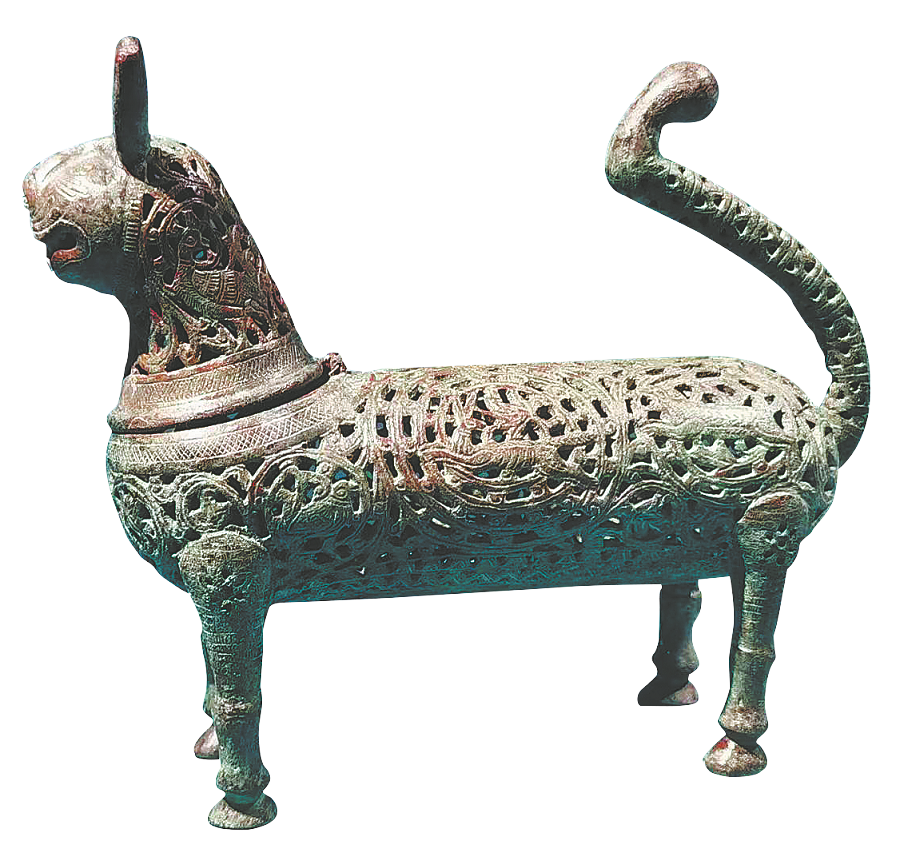Sumptuous Persian relics reveal legacy of cultural connections


As the great mariner Zheng He and his fleet set out on their seventh and final voyage around that time, visiting present-day Hormuz in Iran, Zhai says that this small, yet significant, porcelain bowl may stir romantic thoughts of the Maritime Silk Road.
When Kublai Khan established the Yuan Dynasty (1271-1368) in China, his brother wrote a new chapter in the history of Persia by founding the Ilkhanate, which ruled over modern-day Iran, parts of the Middle East, the Caucasus and Central Asia, creating another link between the two countries.
On one of the edicts on display, the seal, which appears twice and likely dates from the 12th to 13th century, is in Chinese.
"A treasure to aid governing the country and stabilize life," it reads.
The same seal can also be seen on the credentials the Ilkhanate sent to European nations, and which can be found in the archives of France and the Vatican today, a hidden corner of history that pays testament to the lengthy journeys Chinese characters underwent during the period.
"Persian civilization had an inclusive cultural ethos," Zhai says. "In the confluence and mutual learning between cultures, it continues to reveal its brilliance and magnificence, even today. "


















